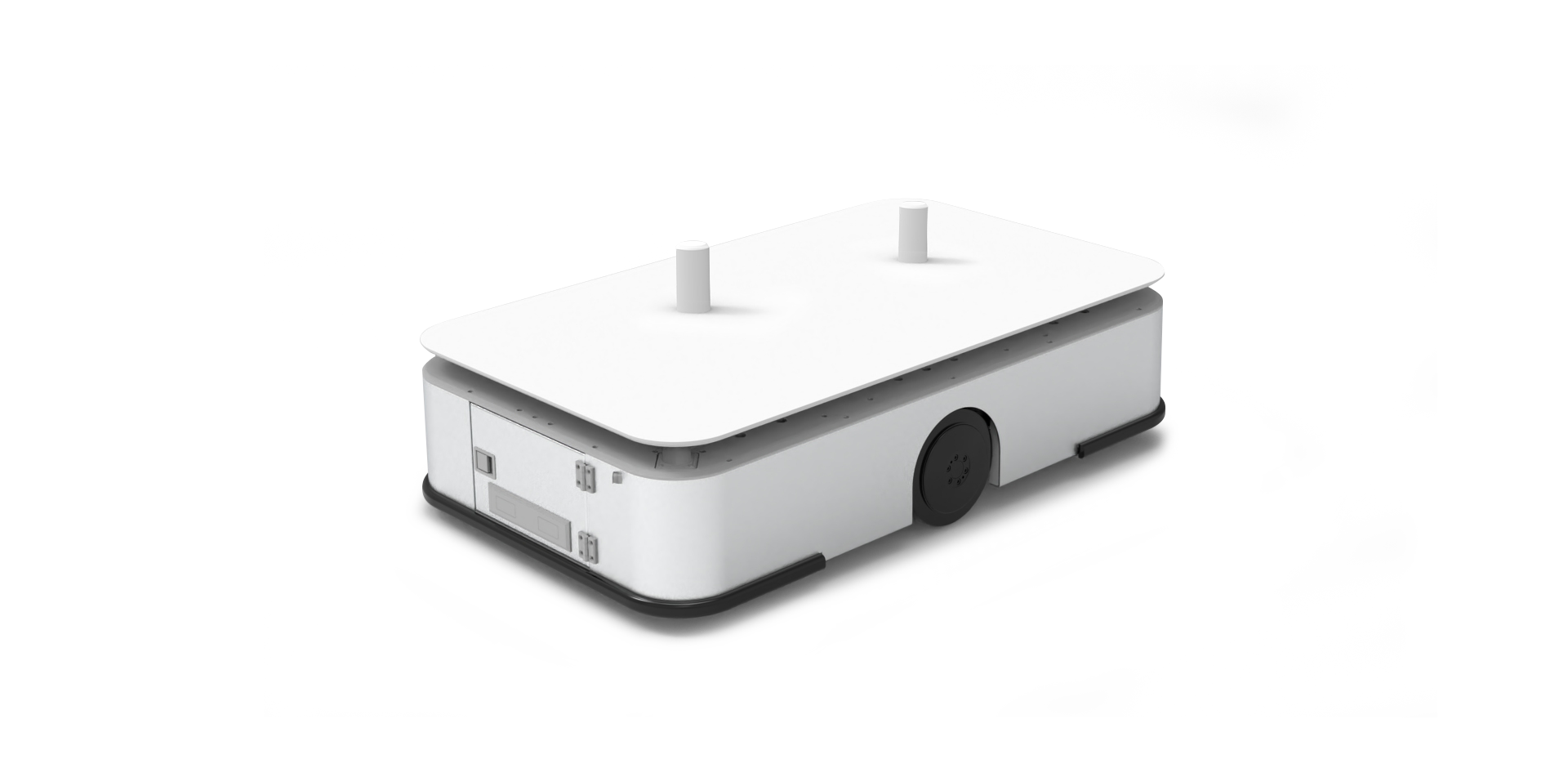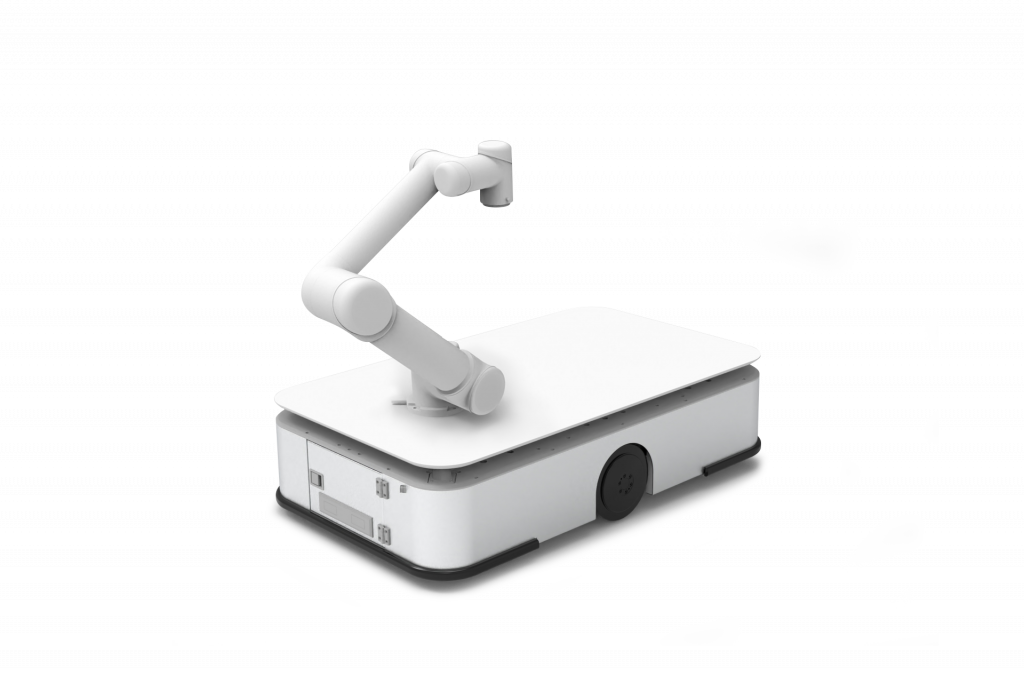Automated Guided Vehicles in Warehouse: Revolutionizing the Logistics Industry
The use of automated guided vehicles (AGVs) in warehouses has revolutionized the logistics industry, streamlining operations and increasing efficiency. These intelligent machines are designed to navigate through warehouse environments autonomously, reducing human error and improving productivity.
Enhancing Efficiency and Productivity

AGVs have significantly improved warehouse efficiency by automating material handling tasks. With their ability to transport goods from one location to another without human intervention, AGVs eliminate the need for manual labor, saving time and reducing costs. They can operate 24/7, ensuring continuous workflow and minimizing downtime.
In addition, AGVs are equipped with advanced sensors that enable them to detect obstacles or potential hazards in their path. This ensures a safe working environment while also preventing damage to goods or equipment.
Oneway: A Leading Provider of AGV Solutions
Oneway is a renowned provider of AGV solutions that has been at the forefront of this technological advancement. Their state-of-the-art AGVs offer customizable features tailored to meet specific warehouse requirements. Oneway's AGVs are known for their reliability, precision navigation systems, and seamless integration with existing warehouse management systems.
By implementing Oneway's AGV solutions into warehouses, companies can optimize their operations by eliminating bottlenecks caused by manual processes. The flexibility offered by these intelligent machines allows businesses to adapt quickly to changing demands while maintaining high levels of accuracy and efficiency.
The Rise of Food Service Robots
In recent years, food service robots have emerged as an innovative solution within the hospitality industry. These robots automate various tasks such as food preparation, delivery services, and even customer interaction in restaurants or hotels.
Food service robots not only enhance operational efficiency but also provide a unique and personalized experience for customers. With the ability to remember individual preferences, these robots can offer tailored recommendations or even engage in friendly conversations, creating a memorable dining experience.
Furthermore, food service robots reduce the reliance on human labor, allowing staff members to focus on more complex tasks that require human creativity and problem-solving skills. This shift in roles improves overall productivity while maintaining high standards of customer service.
Conclusion
The integration of automated guided vehicles in warehouses has revolutionized the logistics industry by enhancing efficiency, reducing costs, and improving safety. Companies like Oneway have played a crucial role in providing advanced AGV solutions that optimize warehouse operations. Additionally, the rise of food service robots has transformed the hospitality sector by offering personalized experiences for customers while streamlining various tasks. As technology continues to advance, we can expect further innovations that will continue to shape industries and improve our daily lives.

Comments
Post a Comment